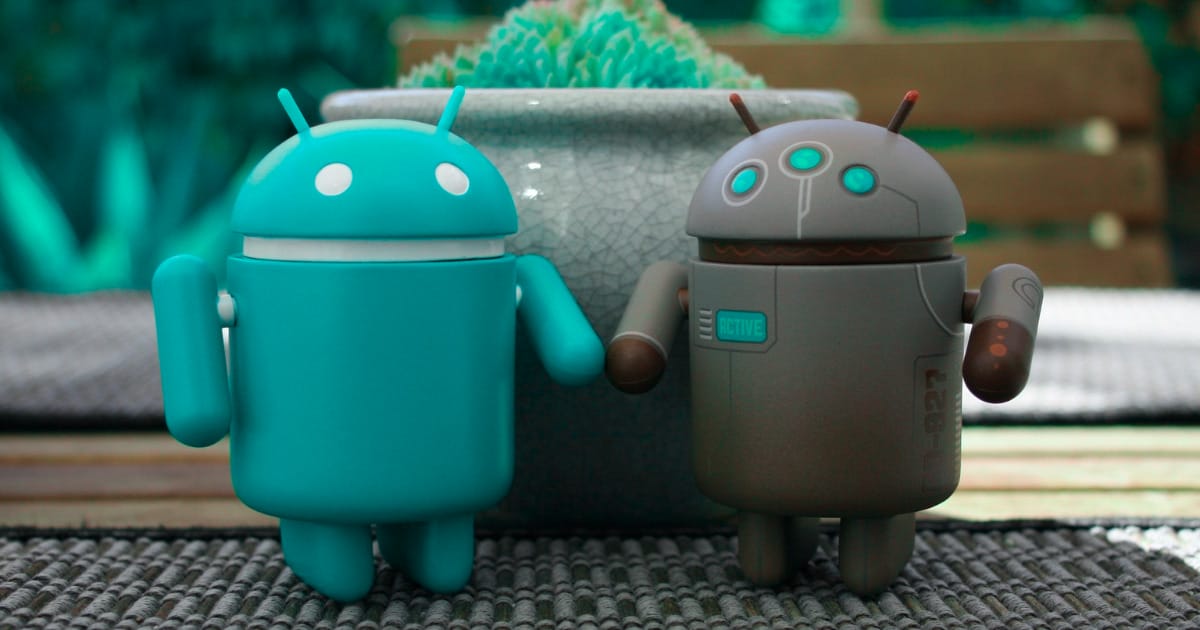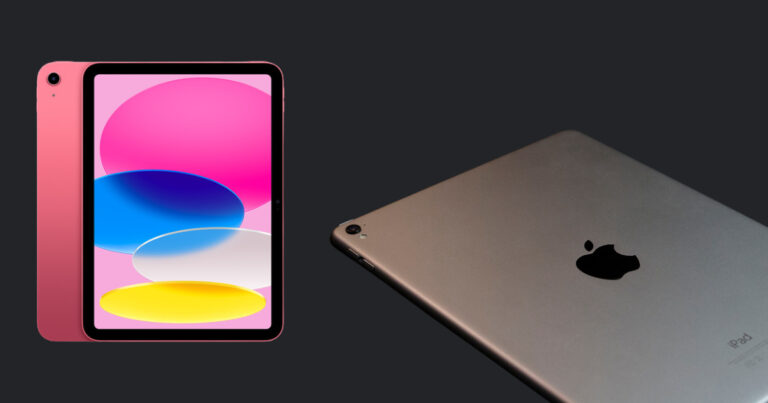When to Expect Android 14 Update on Your Smartphone?

The release date of Android 14 for your phone depends on the manufacturer and model. Major brands like Samsung, Google, and OnePlus typically update their recent models within a few months of the Android 14 release.
Older models and phones from smaller manufacturers may face longer waits or not receive the update at all.
Now let’s take a deep look at the topic of Android 14 coming to your phone.
When to Expect Android 14 Update on Your Smartphone?
Android 14 is the upcoming version of Google’s mobile operating system, anticipated to bring a host of new features and improvements.
As with any major OS update, one of the most common questions among users is: “When to Expect Android 14 Update on Your Smartphone?” The answer varies significantly depending on several factors, including your phone’s brand, model, and age.
Major Brands and Update Policies
Google Pixel phones are usually the first to receive the latest Android updates. If you own a recent Pixel model, you can expect to receive Android 14 shortly after its official release by Google.
Pixel phones typically get OS updates on the day of release or within a few weeks.
Samsung, known for its extensive range of smartphones, has improved its update rollout speed in recent years. Flagship models like the Galaxy S and Note series usually receive new Android versions within 2-3 months of release.
Mid-range and budget models in the A and M series may have to wait a bit longer, typically around 4-6 months.
OnePlus has a reputation for timely updates, especially for its flagship models. Users of the latest OnePlus devices can expect Android 14 within a few months post-release.
Older models and budget-friendly Nord series might face a slightly longer wait.
Xiaomi, Oppo, and Realme: These brands have a mixed track record when it comes to updates. Flagship models generally receive updates faster, within 3-6 months of the Android 14 release.
For their vast array of mid-range and budget devices, the timeline can be less predictable.
Factors Influencing Update Rollout
Hardware Compatibility: Not all smartphones have the hardware capabilities to support the latest Android version. Manufacturers assess whether older models can efficiently run the new OS without compromising performance.
Custom UIs and Software Integration: Many manufacturers overlay Android with their custom user interfaces (UIs), like Samsung’s One UI or Xiaomi’s MIUI. Integrating these UIs with the new Android version takes additional time and testing.
Regional Differences: Sometimes, the rollout of a new Android version can vary by region due to different regulatory environments or carrier partnerships.
Testing and Quality Assurance: Before releasing an update, manufacturers conduct extensive testing to ensure there are no major bugs or issues. This process can delay the rollout but is crucial for a smooth user experience.
What to Expect with Android 14
Android 14 is expected to bring several enhancements and new features. While specific details are often kept under wraps until the official release, users can anticipate improvements in areas like privacy, battery life, and user interface design.
Google also tends to focus on making Android more adaptable to different types of devices, including foldables and tablets.
How to Prepare for the Update
To ensure a smooth transition to Android 14, it’s advisable to keep your device updated with the latest available software updates. Regularly backing up your data is also crucial.
When the update becomes available for your device, ensure you have a stable internet connection and sufficient battery life (or plug in your device) before initiating the update.
The arrival of Android 14 on your smartphone hinges on various factors, including your device’s make, model, and the manufacturer’s update policy.
While flagship models from major brands are likely to receive the update relatively quickly, older or budget devices may face longer waits.
Staying informed about your manufacturer’s update schedule and preparing your device can help you make the most of Android 14 when it arrives on your phone.





